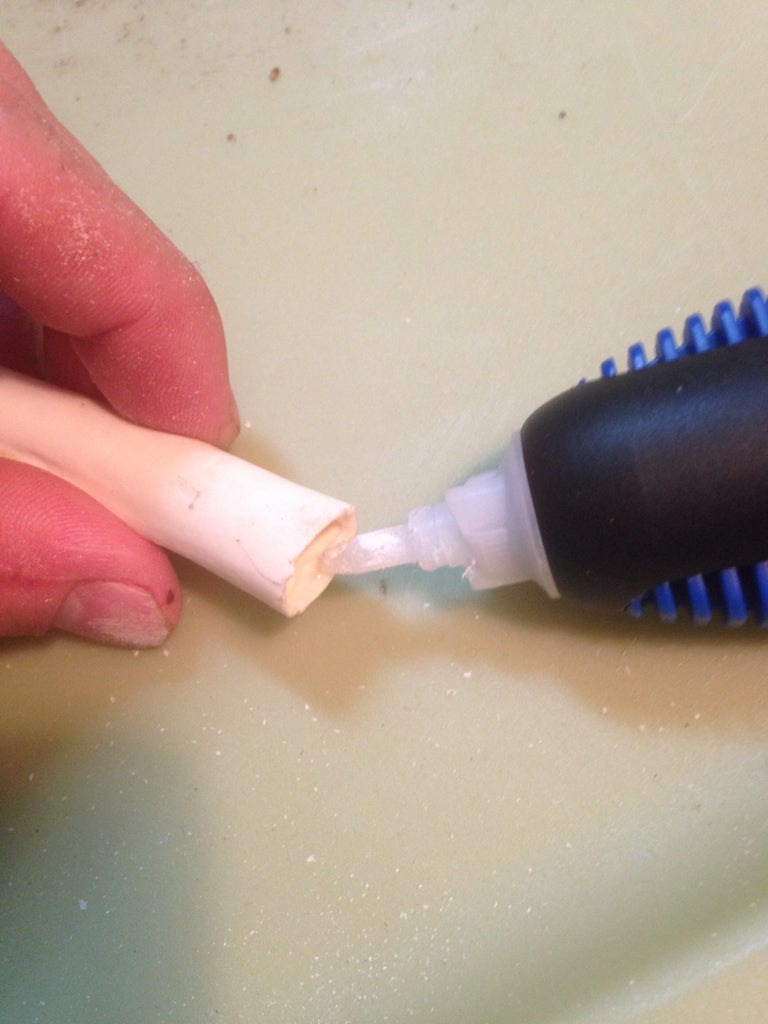As spring turkey season approaches, hunters start gearing up with calls to try and coax in that wary old tom. While nothing beats experience in the field having an arsenal of quality calls at your disposal improves your odds of tagging out. Of all the turkey calls out there the wingbone call holds a special place in hunting history. This old-fashioned suction call dates back centuries and remains effective today.
Making your own wingbone turkey call is easy, inexpensive, and a great hands-on project With just a few basic tools and materials, you can craft an authentic sounding call to add to your vest this spring In this article, I’ll provide a step-by-step guide to making a durable 3-piece wingbone call that produces realistic yelps, clucks and purrs to call in spring gobblers.
Gather Your Materials
To start, you’ll need to acquire a few key items:
-
Turkey wing bones – You’ll need the first 3 bones from the wing, preferably from an adult tom or hen.
-
Super glue – For assembling the call. Use a gel formula designed for bonding.
-
Strong thread – To tightly wrap joints where bones meet.
-
Sandpaper – To smooth bones and improve fit. Fine grit works best.
-
Pocket knife – For cleaning marrow from bones.
-
Lanyard cord – Optional, for wearing call around neck.
-
Hacksaw or rotary tool – For cleanly cutting wing bones to size.
Prepare the Wing Bones
With your materials gathered, it’s time to start crafting the call:
-
Carefully remove meat and tendons from the 3 wing bones using a knife. Make sure not to break the thin outer bone layer.
-
Use a hacksaw or rotary tool to cut the wing bones to the desired lengths. Longer for 2-piece, shorter for 3-piece.
-
File down the ends of the bones with sandpaper so they fit snugly together.
-
Clean out the marrow from the inside of the biggest bone. Avoid damaging outer bone layer.
-
Sand the tapered end of the small mouthpiece bone for a smooth finish.
Assemble the Call
Next, assemble the bones using the following steps:
-
Apply a thin layer of super glue gel to the ends of the bones.
-
Fit the 3 bones snugly together, being careful not to force a tight fit.
-
At the joints where bones meet, tightly wrap strong thread. This strengthens the bond.
-
Coat the thread wraps in super glue to prevent unraveling as they dry.
-
Attach lanyard cord through a hole in the middle bone. Allow call to fully dry overnight before using.
Finishing Touches
Some optional steps for finishing the call:
-
Soak bones overnight in a hydrogen peroxide solution to whiten them.
-
Lightly sand bones with very fine grit sandpaper, being careful not to damage the thin exterior.
-
Rub a small amount of clear furniture wax onto the call to protect and create a smooth surface.
-
Decorate by wood burning or painting designs into the bones.
How to Use Your Wingbone Call
Once assembled, using your wingbone call takes practice:
-
Cup both hands around the flared trumpet end to form an airtight chamber.
-
Place mouthpiece end between your lips – center or side works.
-
Make kiss sounds by changing mouth shape to direct air over mouthpiece.
-
Purrs are soft, drawn out notes that waiver up and down.
-
Clucks are short staccato bursts made by popping air through lips.
-
Yelps rapidly go from high pitch to low with a quick burst of air.
-
Experiment with sound by adjusting finger position, air direction and speed.
With persistence, you’ll master realistic turkey sounds. Consider watching YouTube instructional videos for tips. It takes regular practice to sound like a pro with any call!
Tips for Customizing and Improving Your Call
-
Start with bones from an older, larger bird for richer sound.
-
Use a hen wing bone for higher pitch, tom for lower.
-
Scrape insides and outsides with knife for easier air flow.
-
If bones don’t fit perfectly, glue in thin wood shims.
-
Add chalk powder to outside of bones as an alternative whitening method.
-
Improve grip by wrapping middle bone with grip tape, athletic tape or moleskin.
-
Attaching a paracord lanyard keeps call handy when moving through the woods.
Why Use a Wingbone Call?
There are certainly more convenient and versatile turkey calls on the market today. However, wingbone calls have their dedicated fans for good reason:
-
Wingbones make soft, subtle sounds perfect for wary spring gobblers.
-
The simplicity and old-fashioned nature appeals to traditional hunters.
-
They are inexpensive to make using only natural materials.
-
Wings are easy to acquire from turkeys you’ve already harvested.
-
The unique sound adds variety that can spark a hesitant tom’s interest.
-
It’s incredibly satisfying to call in a gobbler using a call you crafted yourself!
So give making and using your own personalized wingbone turkey call a try this spring. With a little practice, you might just find yourself a new go-to calling weapon that makes the difference on your next hunt!

Step 3: Glue Bones Together


Introduction: Wingbone Turkey Call


How To Make a Wing Bone Turkey Call
FAQ
Do Wingbone turkey calls work?
